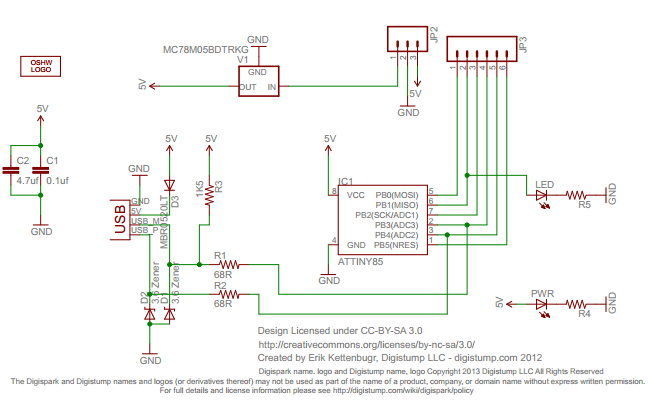I try to control it remotely but there is a problem.
I registered a new device and when I run the python script I can see that my device is online.
I select a color and receive on Terminal something like that: “Received color: #5e4431” but nothing happens on my led.
I replaced the r,g,b with random values in this line:
bstick.set_color(r, g, b)
having something like that
bstick.set_color(50, 50, 200)
but nothing happened. Then replaced the above line with this:
bstick.set_random_color()
and each time I select a new color my led turns on with a new random color.
edit:
fixed this by changing the above line to:
bstick.set_color(red=r, green=g, blue=b)




